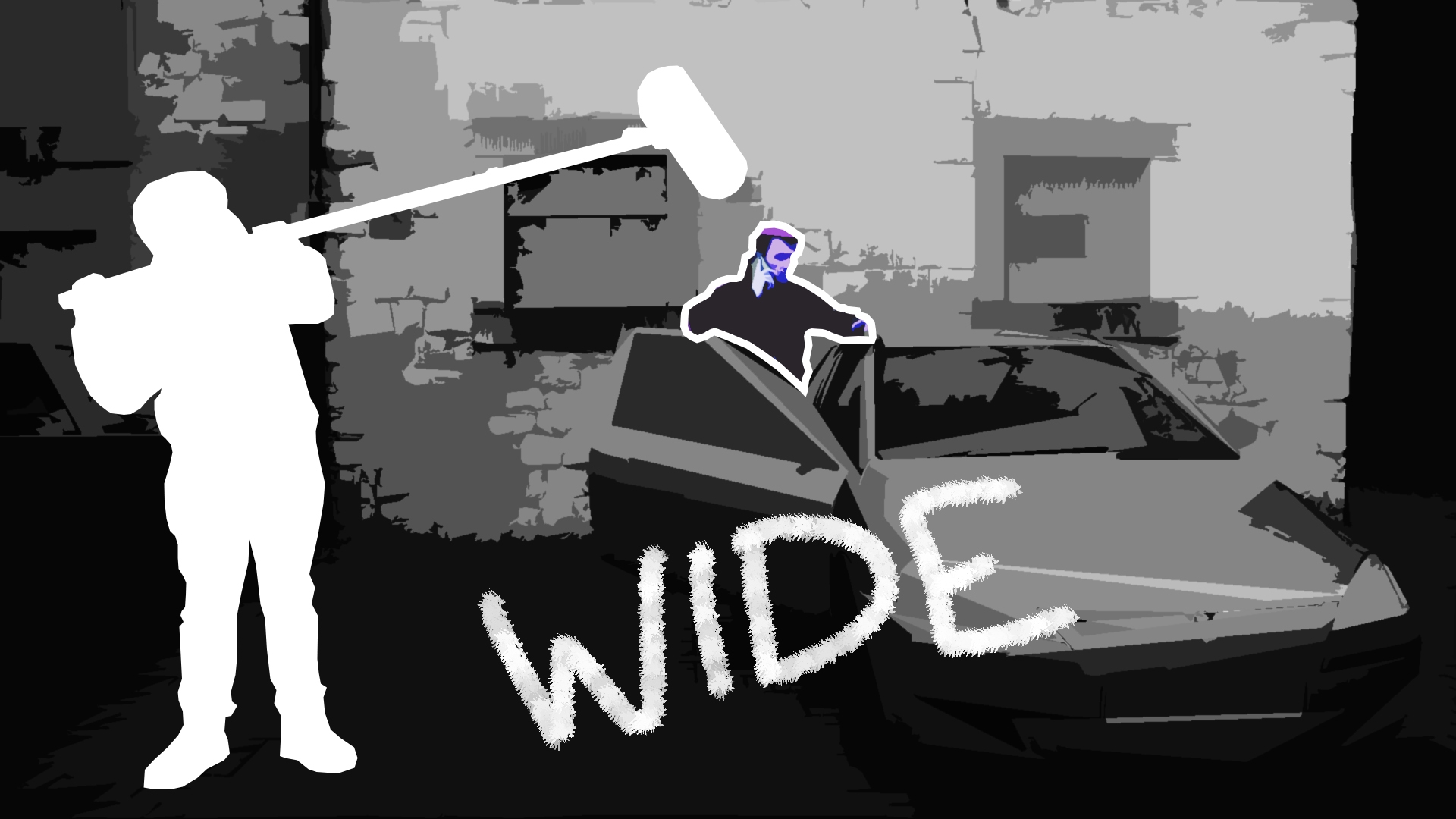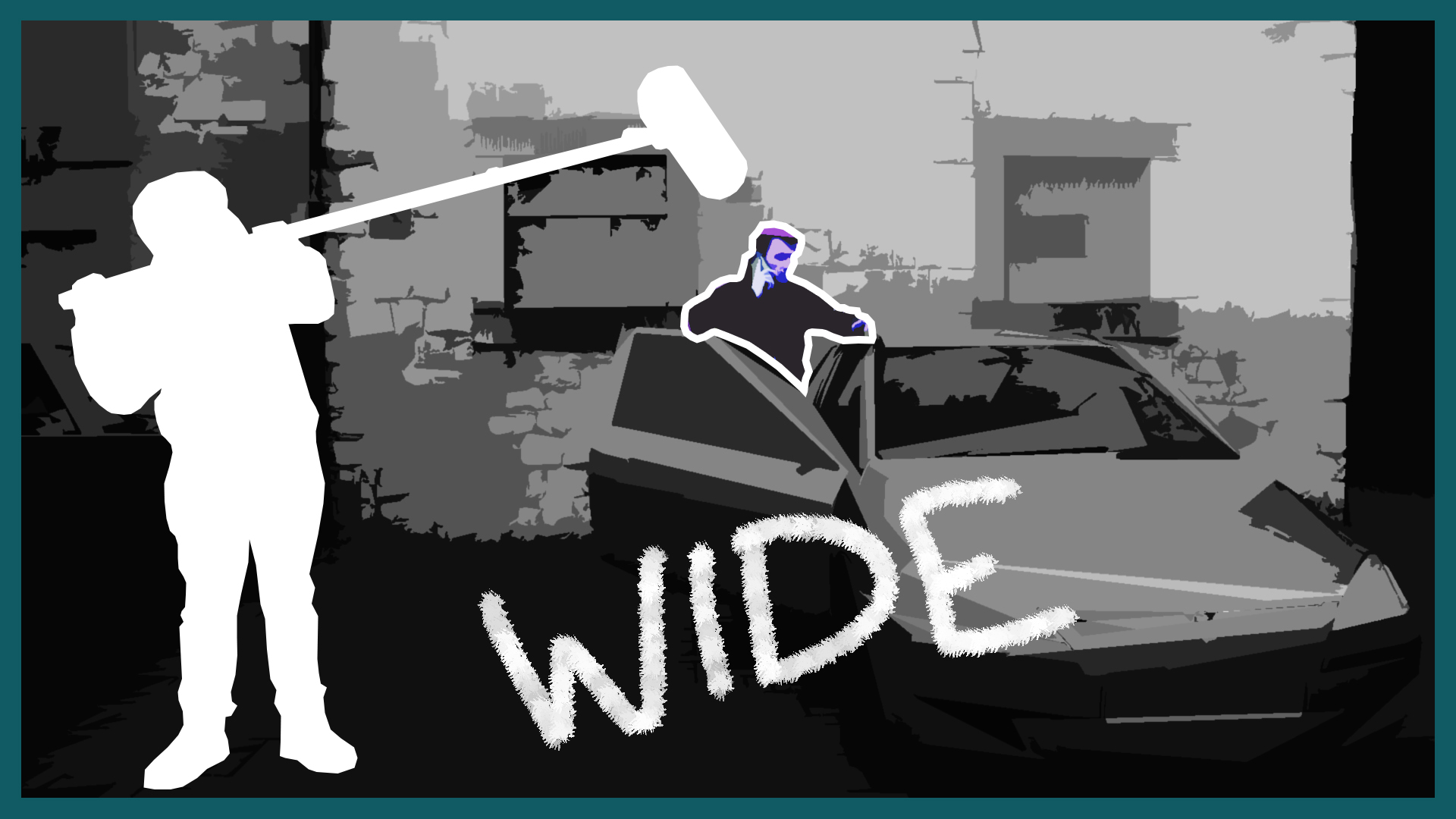You’ve just set up an great-looking wide shot during a pinnacle moment of your film. You want to hold the wide shot for the majority of the scene because you want to utilise the close up for the climax.
Problem is, your lav mic is cheap and doesn’t sound great and the boom pole for your shotgun mic is too short to to capture your actors lines! There are few ways to tackle this problem!
There are a few different ways you can capture audio in a wide shot without having to purchase more equipment like extra long boom poles or more expensive radio mics.
Turn your talent around
Close ups are your best opportunity to record clean dialogue because you can position the microphone really close to your actors without getting it in the frame.
More on positioning your microphone here! It’s the first step to great sound!
If you can find a different angle where you can no longer read the actor’s lips such as from behind, from the side, or so far away you can’t barely even make them out, you can edit in the audio from the close ups and the audience will be none-the-wiser! Just make sure you aren’t changing the overall vision and direction of the scene.
Plant a microphone
If there is an object between the camera and the actors, you could use it to hide the microphone in shot; such as a tree a bin or a car. Aim the microphone towards your actors and get it as close as possible. You might have to position your actors closer to the planted microphone to capture your actor’s lines better.
Again, try to find a middle ground between standing to your creative vision and capturing solid audio. There’s nothing worse than bad audio in a film.
Paint out your sound recordist
If the other 2 options simply won’t work: you need to see their lips, and there are no objects to plant a mic, you can still capture great audio by employing some post-production movie magic.
As long as the sound recordist isn’t physically in the way of the actor in the scene you can use something called a clean plate to remove the sound recordist in post production.
Film your scene with the sound recordist booming the mic beside the actor, then ask the sound recordist to leave the frame and keep rolling so you have plenty of footage of empty space.
In post-production you can use the empty frame you captured to place it in front of the sound recordist, masking them out of the shot. Add a little feathering to the mask layer and you should have yourself a convincing clean plate.
There are some things that might disrupt the effectiveness of this technique.
Please be aware of any shadows or reflections being cast by the sound recordist, as well as any drastic changes in light. You can avoid the shadows and reflections by having the sound recordist stand on the other side of the frame. A ghostly reflection of a sound recordist will break the illusion. And if the sun just went behind the clouds - your clean plate will no longer work.
This video was Sponsored By
🚀 http://bit.ly/illuminate-pack - RocketStock’s light leak pack, "Illuminate", is sure to impress your viewers. Shot using digital cinema cameras in 4K, it’s an unbeatable way to lift your video to new, cinematic heights.
🎵 http://bit.ly/pb-funkyblues - Click here to download this episode's track. Check out Premiumbeat.com to discover a huge range of exclusive royalty free music!
DISCLAIMERS:
Some of these links are affiliate links, if you purchase gear via these links The Film Look will receive a small commission, but there will be no additional cost to you. Thank you!




